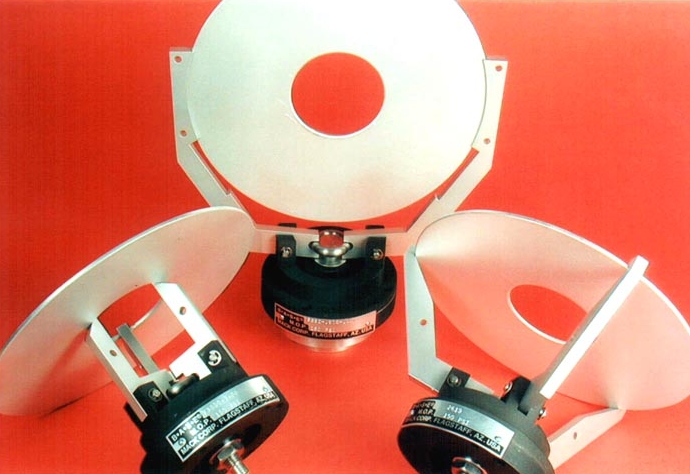THERE ARE MORE THAN TWO WAYS TO GRIP A DISC
The next time you sit down with the task of designing a gripper to pick up CDs, DVDs, or Blu-ray™ discs for your next automated disc publisher, you’ll no doubt realize that you have a lot of options. You can use vacuum cups or an annular vacuum ring to lift a disc on its top surface, use fingers that engage the perimeter of the disc, the center hole, or a combination thereof, or you can get under the disc and support it from below. Whichever method you choose, it can’t be all that hard, right? The IEC 60908 Red Book CD Standard specifies the outside diameter of a disc to within 0.6mm, the thickness to within 0.4mm, and the hole diameter to within 0.1mm (about the thickness of a sheet of paper). This is an automation engineer’s dream come true!
But after you start using your gripper on the myriad of optical discs you will encounter, you’ll find that the task isn’t as easy as it seemed. To begin with, not all disc manufacturers take the Red Book standard seriously. Even if they did, there are other variables that aren’t covered by the standard such as how sticky the discs are, an important factor when discs are stacked on top of each other. How is that new printable surface going to come into play and how fragile will the artwork be right after you print onto it? And, oh yeah, not all discs are the 120mm rounds we are most familiar with.
 You not only have to accommodate variances in the media that you are handling. You also need to deal with the devices that are processing your discs. Does your recorder open the same amount every time it ejects? Boy, that flimsy recorder tray sags a lot! One printer clamps the disc on its perimeter and another has a set of pins in the center hole of the disc. Some customers insist that they want to store their discs on spindles, but it might be nice to be able to store the discs in bins.
You not only have to accommodate variances in the media that you are handling. You also need to deal with the devices that are processing your discs. Does your recorder open the same amount every time it ejects? Boy, that flimsy recorder tray sags a lot! One printer clamps the disc on its perimeter and another has a set of pins in the center hole of the disc. Some customers insist that they want to store their discs on spindles, but it might be nice to be able to store the discs in bins.
Almost 20 years ago, Microtech Systems began working with CDs and automation. We’ve tinkered with countless ways of handling discs and different models have made it into our various product families. When we started to design the Xpress family of products in 2001, we wanted a gripper mechanism that uses two gripper fingers to best accommodate all the different optical disc devices out there and that also accommodates discs stored on spindles. Through continuous improvement over the following few years, the Xpress gripper mechanism would become the most notable feature in what would be a very successful and reliable product family and one of a kind in our industry.
10 years later, Microtech went back to the drawing board to design a new disc automation product from scratch that best reflects the needs of an ever changing marketplace. This product, the X3, also reflects our many years of experience building disc handlers. Nothing was reused from our previous products without being reviewed and changed in some way. Nothing that is, except for the gripper mechanism from the Xpress product family.
Designing a disc handling product has never been easier.
Mark “Loeb” Soldan
Director of Product Design Engineering
MSME Columbia University School of Engineering and Applied Science







